Ideal land size?
gardenpro_ca
20 years ago
Related Stories
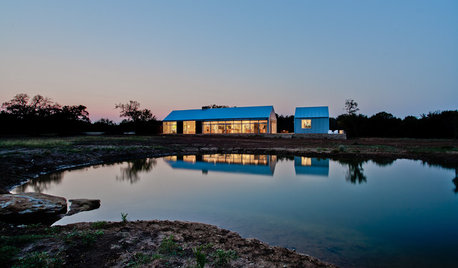
HOUZZ TOURSHouzz Tour: 3 Buildings Make for 1 Ideal Artist's Home
With a studio perched between a main suite and a guest cabana, a modern Texas home has all the bases covered
Full Story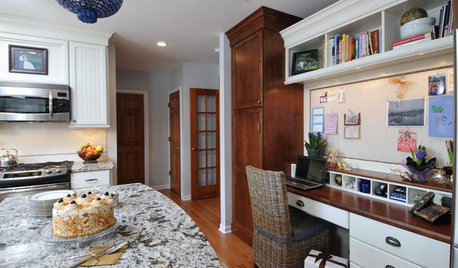
ORGANIZINGCreate a Family Landing Zone
Keep your kitchen table and counters clear with a place designed for mail, bags and keys
Full Story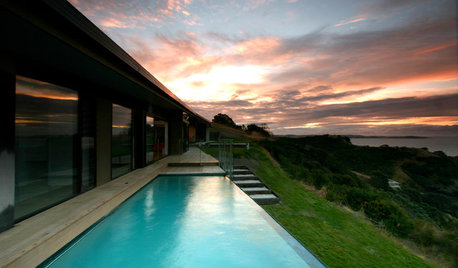
ARCHITECTURE4 Modern New Zealand Homes Embrace Land and Sea
Journey to the southern hemisphere to see an architect's unique way of addressing the region's topography and waterside views
Full Story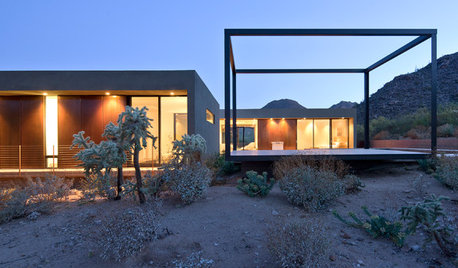
MODERN ARCHITECTUREHouzz Tour: Sensitive Minimalism in the Arizona Desert
Beautifully framed views and a design that sits lightly on the land make for a thoughtfully integrated modern home near Tucson
Full Story
FURNITURE10 Furniture All-Stars of Versatility
With these flexible home furnishings on your team, you'll win points for adaptability in your layout and style wherever they land
Full Story
KITCHEN DESIGNKey Measurements to Help You Design Your Kitchen
Get the ideal kitchen setup by understanding spatial relationships, building dimensions and work zones
Full Story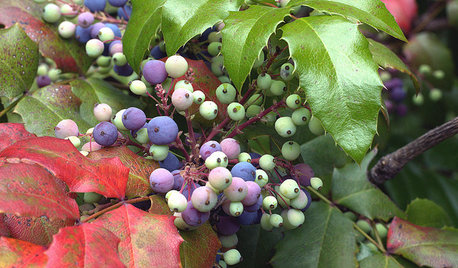
GARDENING GUIDESGreat Design Plant: Mahonia Aquifolium for Birds
Oregon grape puts on a bold spectacle from spring through winter and is ideal to brighten partly shady corners in the U.S. West
Full Story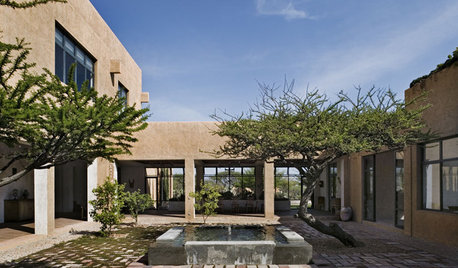
HOUZZ TOURSHouzz Tour: Gracious Hacienda Mansion in Mexico
Exquisite local craftsmanship, a thermal-spring pool and sleeping quarters for 16 make for an ideal retreat in San Miguel
Full Story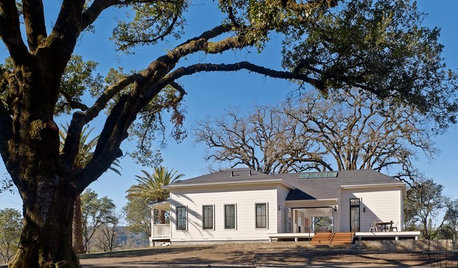
VACATION HOMESHouzz Tour: Reviving a Farmhouse in California’s Wine Country
A rickety 1800s home gets a more contemporary look and layout, becoming an ideal weekend retreat
Full Story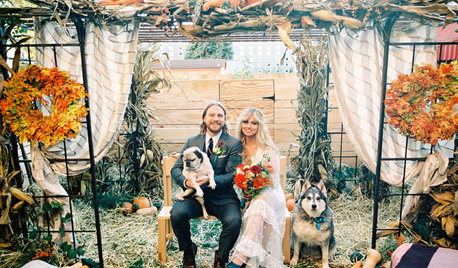
WEDDINGSHow One Couple Got a Perfectly Intimate Backyard Wedding
Vintage pieces, natural materials and close family and friends are an ideal combination for a Pittsburgh couple
Full StorySponsored



jrw17
gardenlen
Related Discussions
Ideal size of bed
Q
Help with 5-1-1. Which of these are the correct/ideal sizes of bark?
Q
What are the ideal sizes for sink cut outs?
Q
Ideal Sink Size for 5.6 x 4.6 Island
Q
seraphima
gardenpro_caOriginal Author
greenacres
madspinner
PanDeMoNiuM
gardenlen
lilacfarm
mid_tn_mama
bigeasyjock
bigeasyjock
lilacfarm
JudithKD
led_zep_rules
lpinkmountain
stoneunhenged